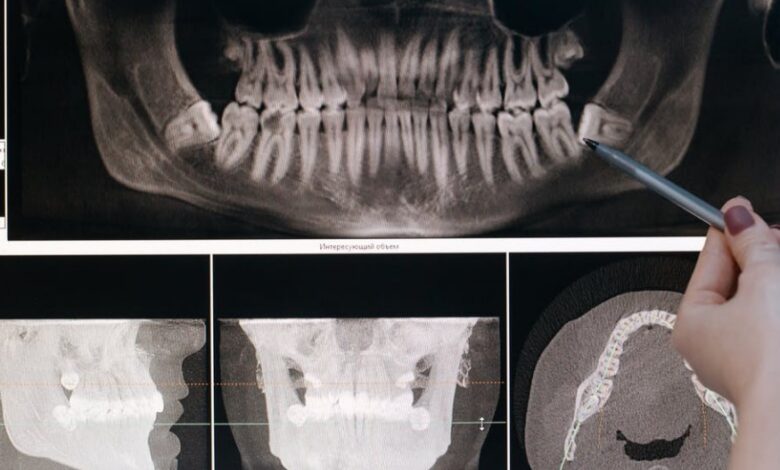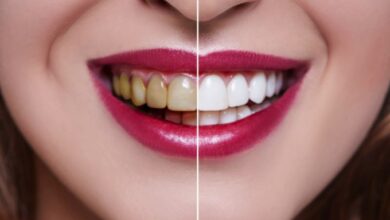Dental 3D Scanning: How Dentists Use 3D Scanning

Over the last decade, digitalization has gained a lot of importance within everyday dental office settings. While opinions vary on the overall accuracy of such impressions, a lot of experts agree that they’re at least helpful in diagnosing and helping to treat patients. But if you’ve never had one done, or you’re a practitioner considering adopting this method, then you might be on the fence about what to expect from the procedure. Luckily, we’re here to walk you through it all.
Read on to learn how dentists use dental 3D scanning, and how patients can stand to benefit from it.
How Does Dental 3D Scanning Work?
Typically, there are two types of scanners that a dental office is going to use. The first is a small, handheld device with a camera attached to the end. That camera is what goes inside your mouth and is used to take a complete scan of whatever the dentist is trying to treat. The amount of time it takes depends on how quickly the person completing the scan can finish.
The second is simply an x-ray arm that rotates around your head. For the scan to be complete, you’re either going to be standing or sitting. From there, you’re going to bite down while the arm rotates around your head, which usually takes around 10 seconds total. What these scans are used for is going to depend on what your dentist needs.
What Is 3D Dental Scanning Used For?
3D dental scanning can be used for everything from creating retainers after you have braces off to getting an idea about the tissues and nerves on the inside of your mouth. The idea of these scans is to give the patient and the dental office say access to digital versions of your scans.
If you have issues with sinuses that your dentist is attempting to address, scanners like the Intraoral scanner can help them accurately diagnose and treat the problems at hand.
Benefits of 3D Dental Scanning:
There are an array of benefits that come with 3D dental scanning, whether you’re a patient or a practitioner. Here are a few we haven’t covered quite yet.
Beam Limitation:
The biggest benefit to take note of with these scans is the minimal radiation the patient is faced with when compared to traditional x-rays. The beam is only aimed at the area of interest, so exposure is truly kept to a minimum.
Image Accuracy and Detail:
These scans also come equipped with a higher resolution and a lot more detail than a normal x-ray is capable of. They can be used to map out specific infections, nerves, muscles, pathology, and a lot more. It’s also great for helping dentists treat sinus issues and even plan for root canals, implants, or extractions.
Bone Quality Assessment:
Bone quality assessments are important if you’re trying to have implants done, and it’s also helpful for identifying the size and location of breaks and other lesions.
User-Friendly and Interactive:
Lastly, as a practitioner, these machines are especially user-friendly and interactive. That means easy access and training to anyone whose never used the machine and great display capabilities.
The display is important for not only diagnosis but also when you’re explaining something to a patient. You can pull up their scan and show them exactly what you’re talking about in real-time. Since the scan is digital, it’s also easy to manipulate in order to zoom in and out of specific areas if you need to.
It also helps when you need to reorganize certain bits of data, or when you need to take note of certain aspects.
What Patients Can Expect:
As a patient, these things might sound intimidating — especially if you don’t fully know what to expect. Thankfully, the process is completely painless and it’s actually easier than getting a traditional x-ray done.
Here’s what you need to know.
Accurate Diagnosis:
We’ve gone over this already, but it’s important enough to touch on again. A 3D scan is going to provide your dentist with a more accurate image, meaning they’ll be able to pinpoint a specific problem and come up with a more accurate treatment plan.
This means less time is going to be spent guessing confusing problems, and you’re more likely to have accurate and helpful the first time around. You’re left with less pain and more money at the end of it all.
Non-Intrusive:
With 3D digital scanning, there’s no annoying piece of plastic or mouthpiece that you have to bite down on. If you have sensitive teeth or gums, this can make a huge difference for you when you’re getting scans done now. It’s also great for pediatric patients.
The lack of radiation that you’re exposed to during your x-rays is another huge benefit to make note of. In fact, if you’re exposed to radiation repeatedly, eye damage can occur along with other health risks.
3D dental scans virtually remove the chances of this happening to you as time goes on.
Short Scan Time:
Finally, shorter scan times might be the best thing for you to look forward to during your 3D scan. Typically, it’s going to take less than 30 seconds total.
Ready to Get Started With Dental 3D Scanning?
Now that you know how dental 3D scanning works and what you can expect from it, are you ready to get started? Whether you’re a dental expert or a patient going through this for the first time, it’s sure to make your experience a lot quicker and less painful.
For more on the latest in medical procedures and business, check out the rest of our website.




